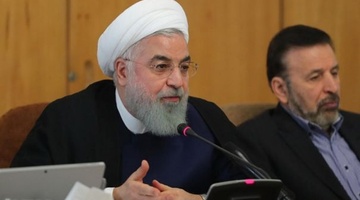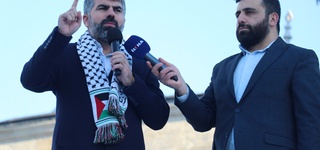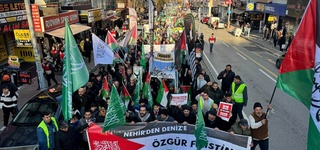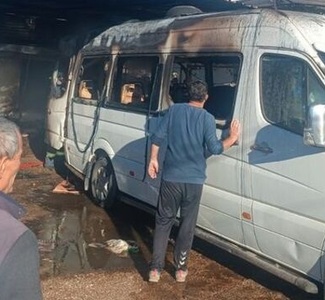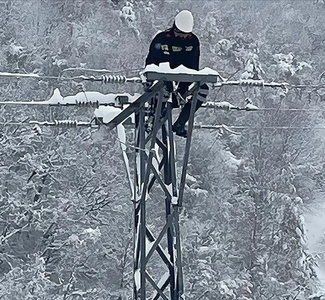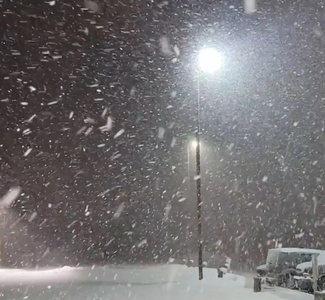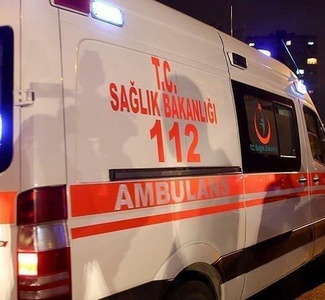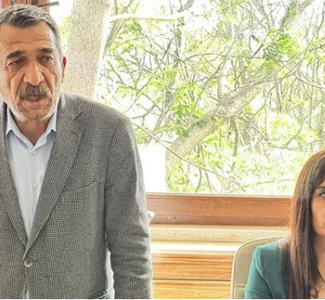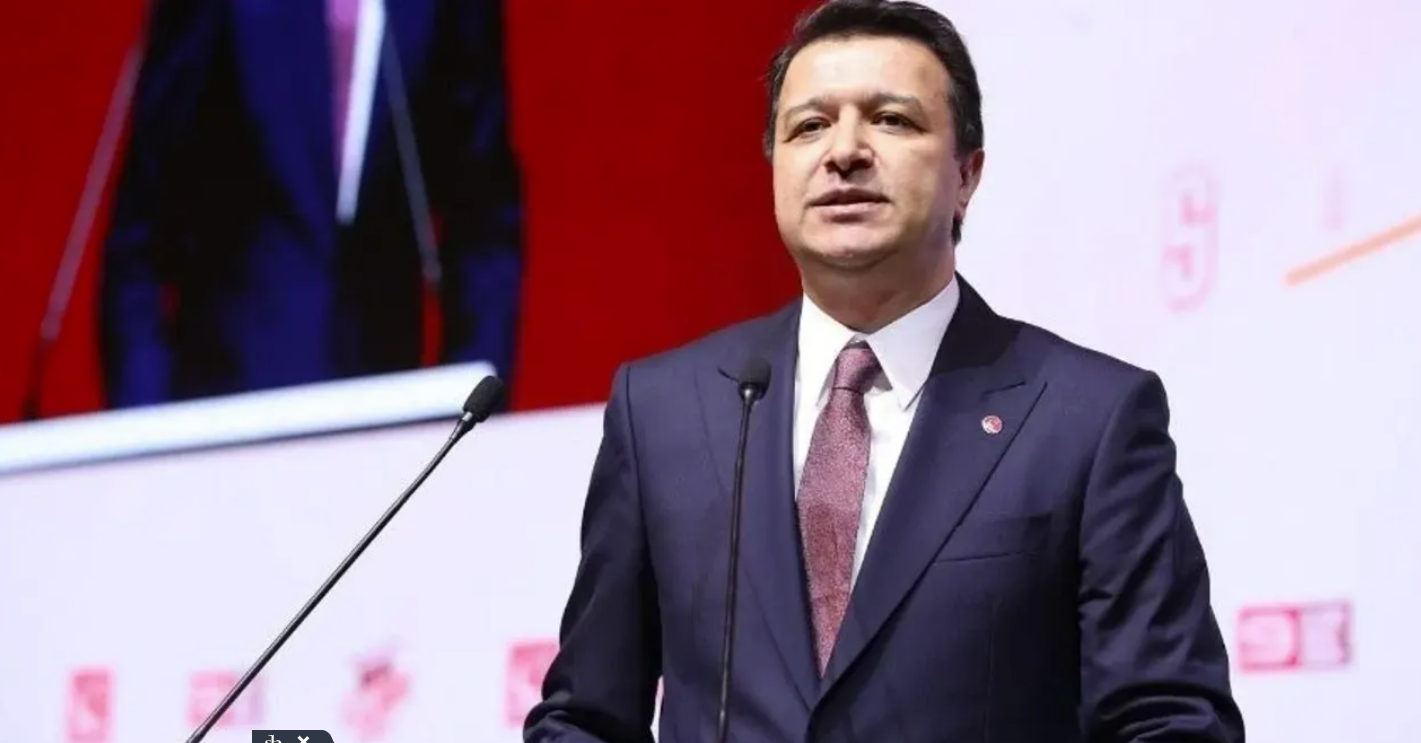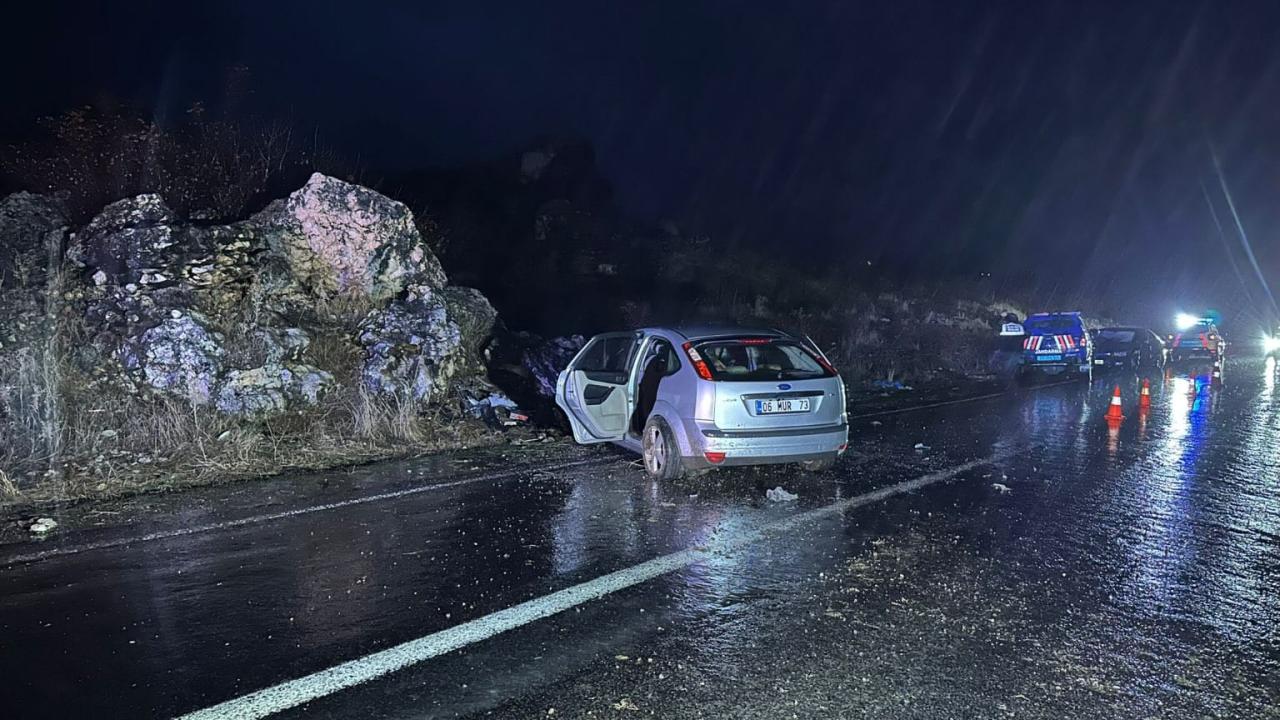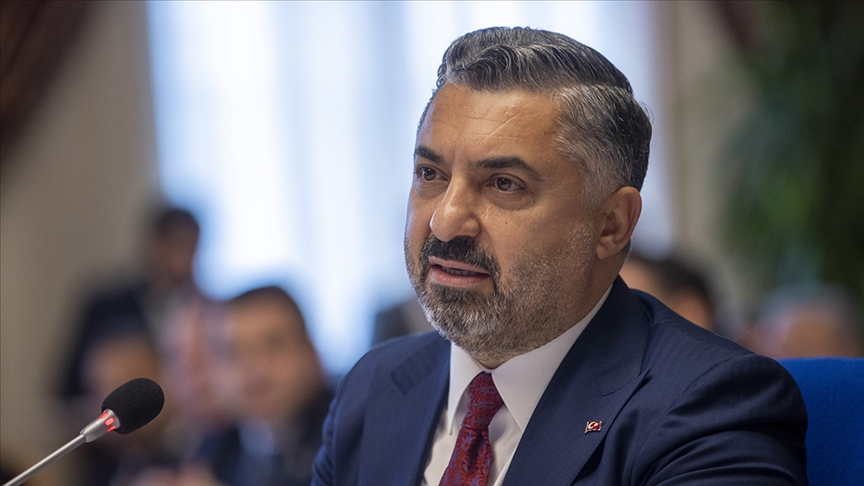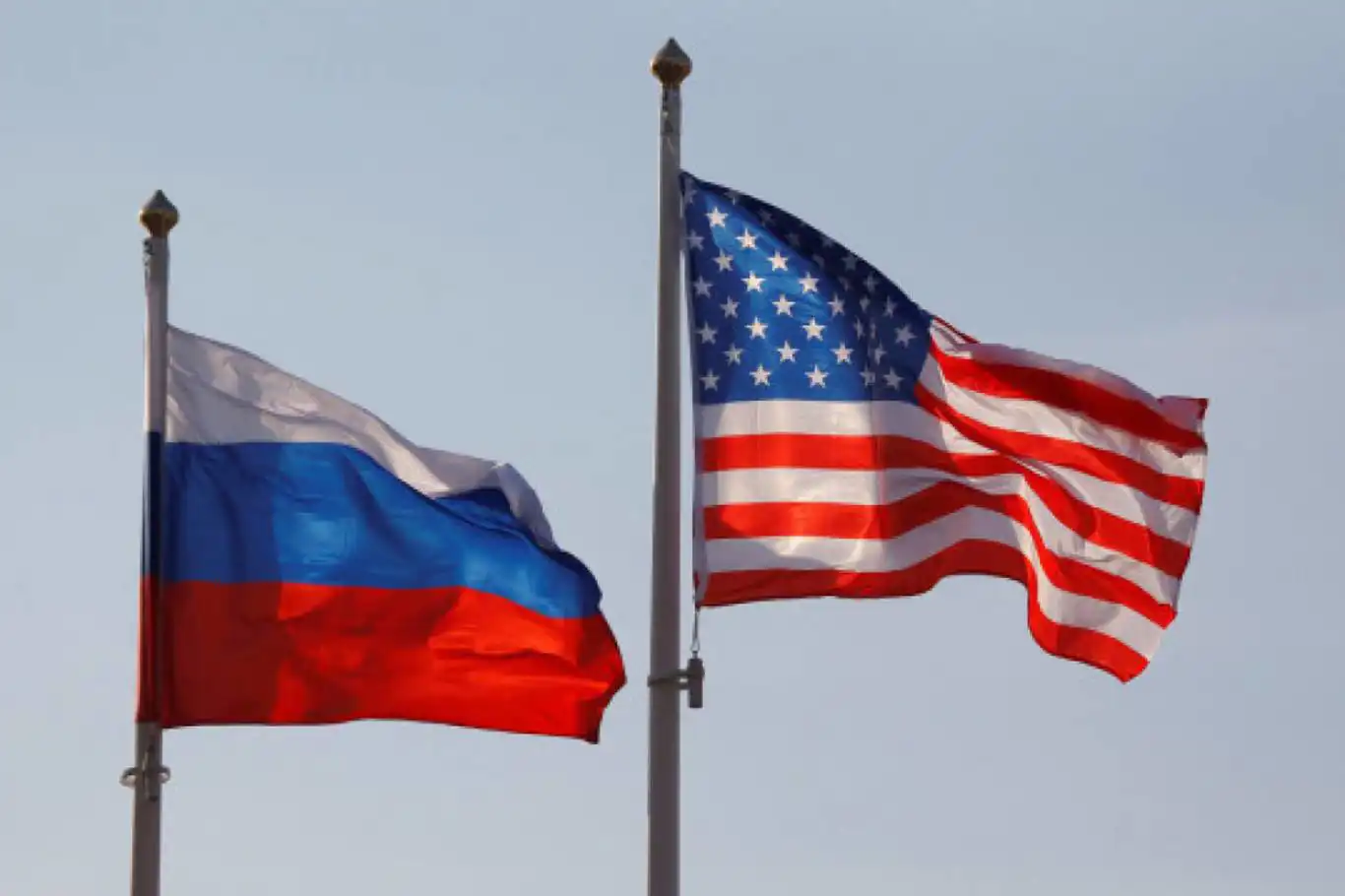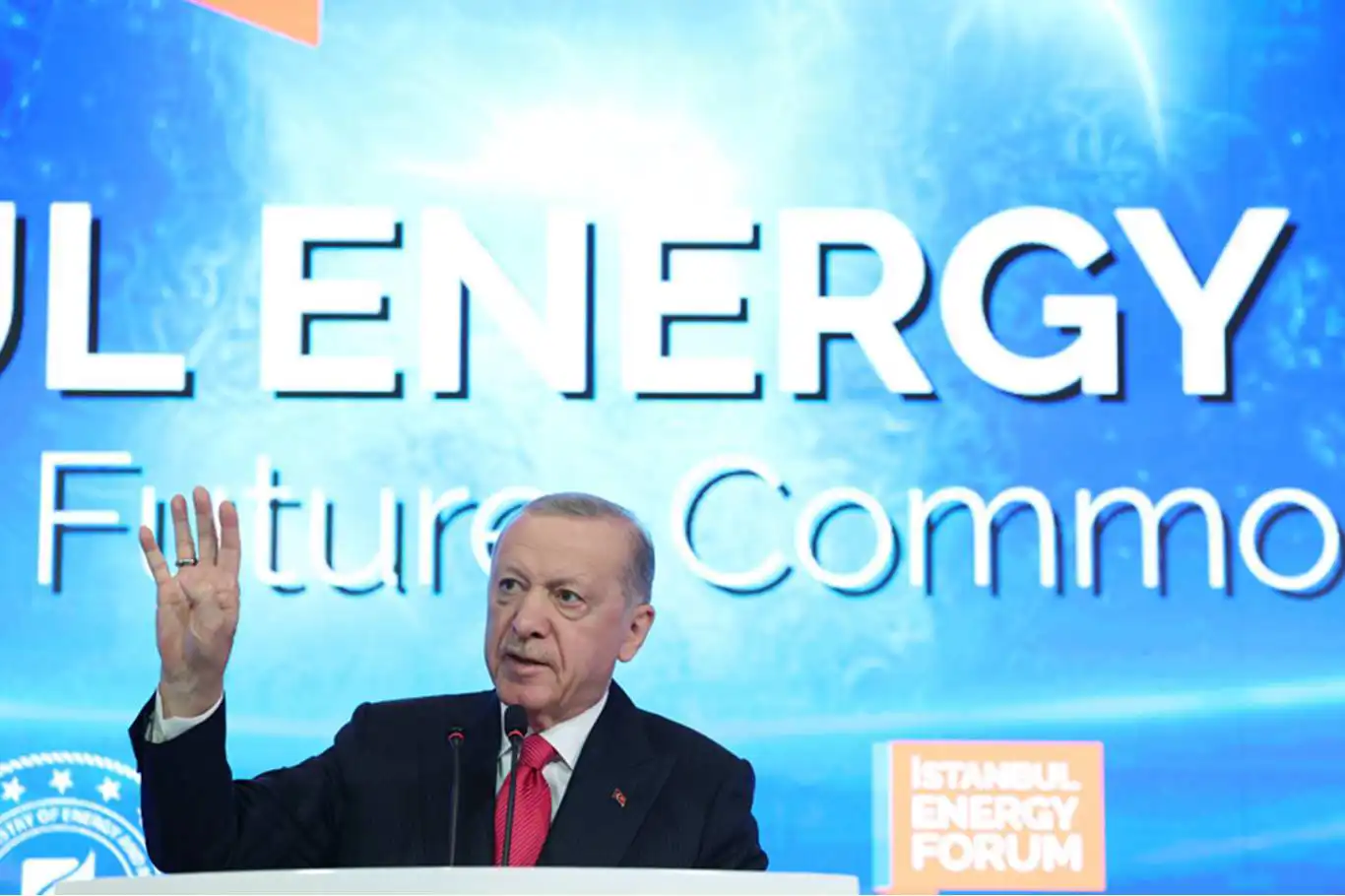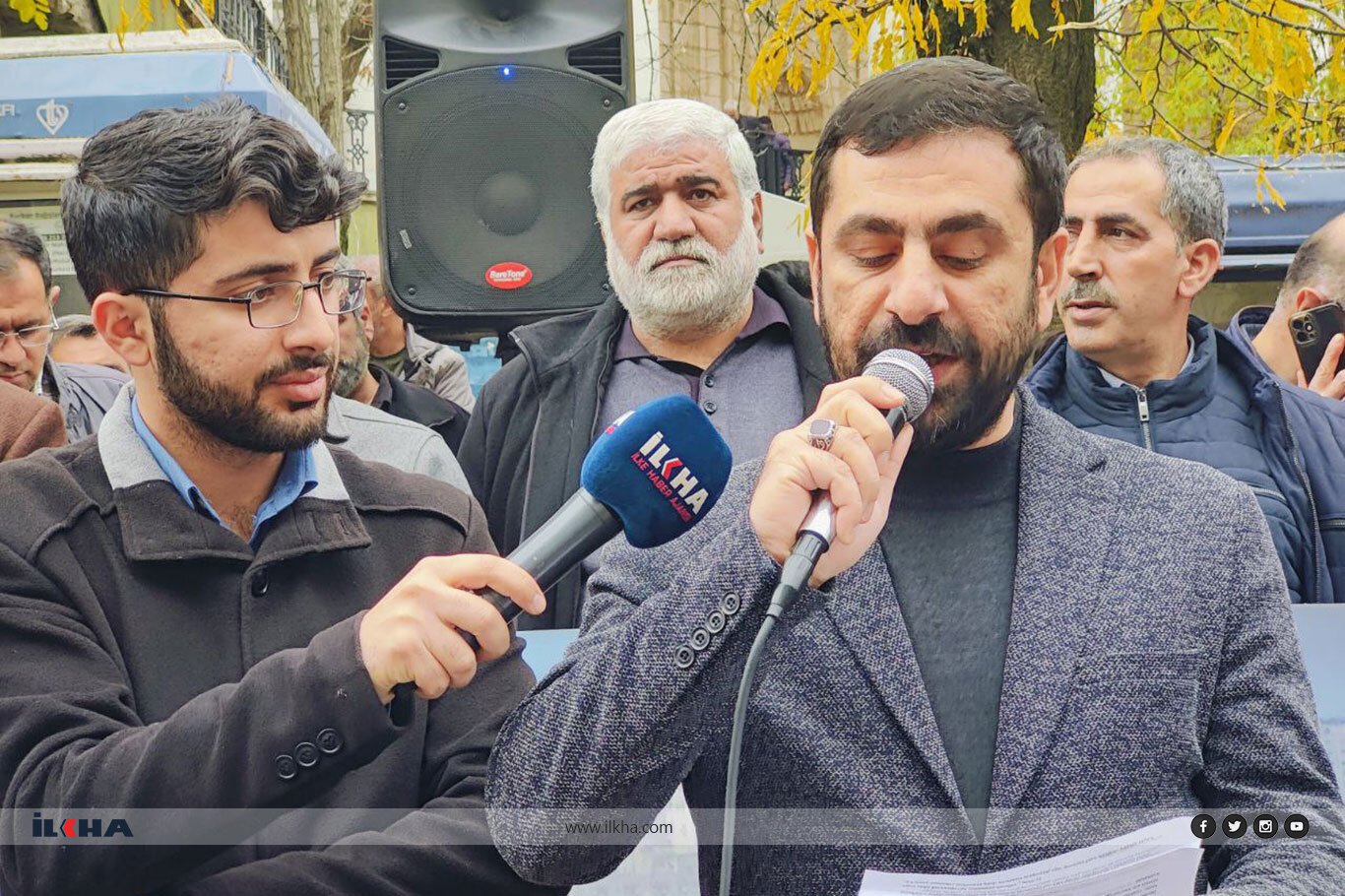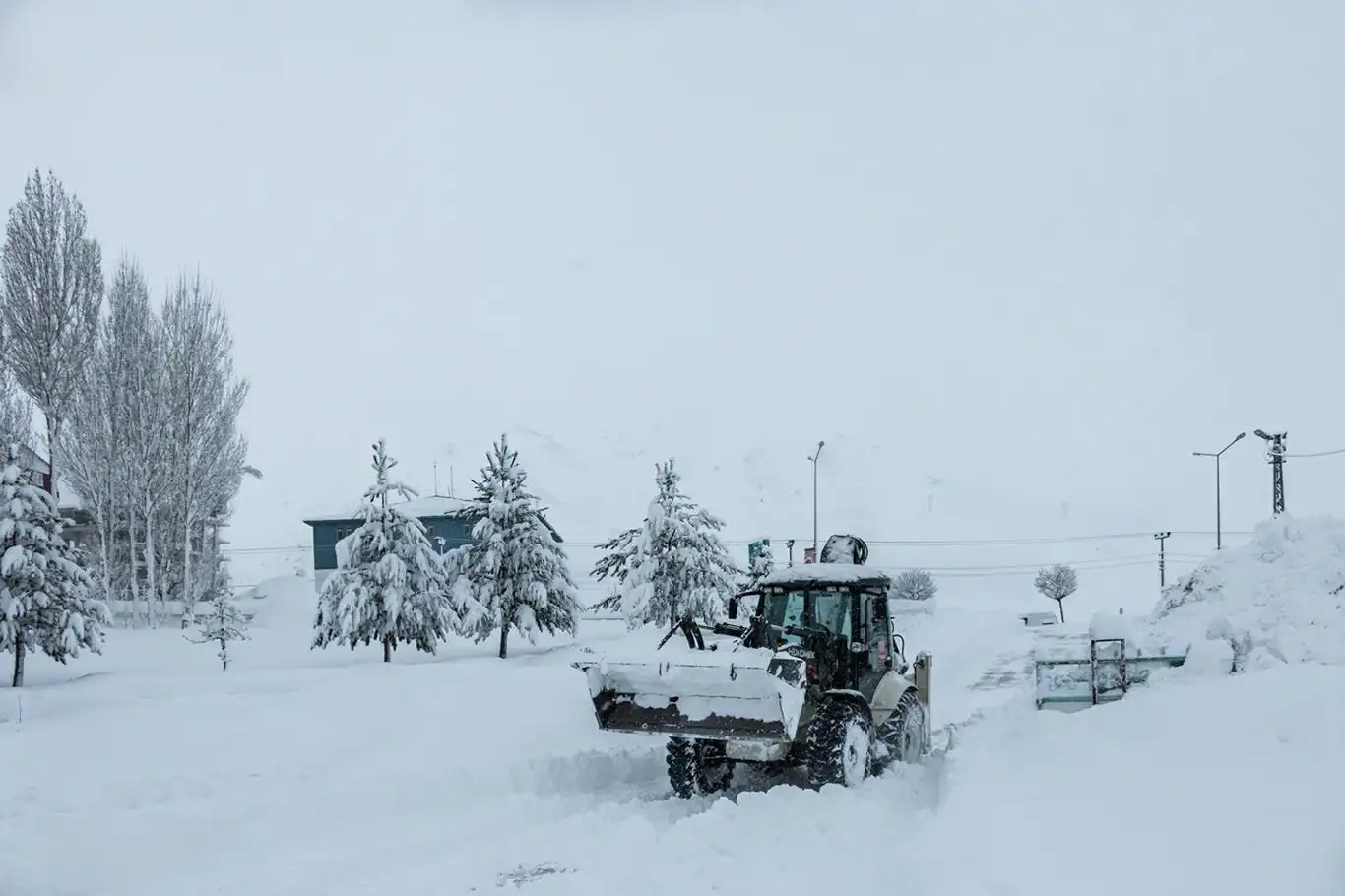One of the unknowns in the history of the Republic: Gülüşkür Massacre
After the martyrdom of "Sheikh Sa'id", the revolutionist cadres of the period slaughtered 28 leading people of the region for no reason in Gülüşkür village of Palu in Elazığ, east of Turkiye.
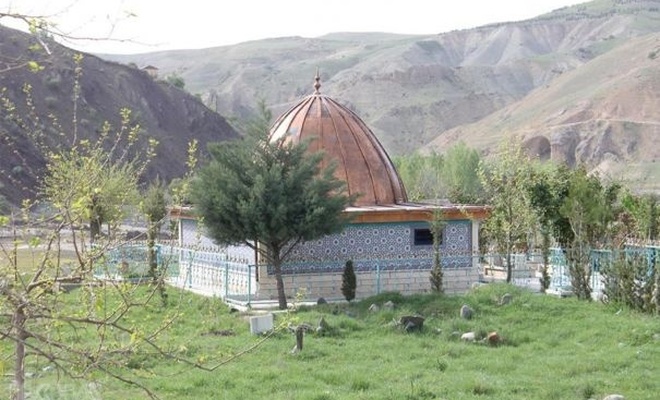
 Google News'te Doğruhaber'e abone olun.
Google News'te Doğruhaber'e abone olun. 1925-1927, there were great political and social events in Turkiye. They were the secularization years of the state in social life and the legal system. When the period began with the incident of Sheikh Sa'id, every section that could oppose the process was either killed or punished with prisons and exiles by the court of Independence Tribunals.
After the Sheikh Sa'id incident, a brand new ideological identity was imposed on the people, which begin from the eastern regions first. The revolutionary cadres of the state started to implement their desire and ambitions as a state policy.
The uprisings were repressed in the wildest ways. At first, thousands of people, families, and children from the provinces of the east of Turkiye were exiled to all parts of Turkiye, especially to the western provinces. The number of those exposed to these exiles was around 500,000, according to official sources.
At least 8,000 houses were destroyed, 15,000 people were massacred
The state wanted to change the demographic structure of the whole geography with these exiles within a certain plan. Of course, these exiles took place after the cleansing operation against tens of thousands of people who did or did not attend the Shaikh Sa'id uprising. Just looking at the official records is enough to reveal the nature of these massacres, murder, and rape. At least 8,000 houses were destroyed and 15,000 people were massacred during and after the uprising while the number of burned hundreds of villages undetermined.
One of these massacres took place in the village of Gülnkür in Palu District of Elazığ, east of Turkiye. After the martyrdom of "Sheikh Sa'id", the revolutionary cadres of the period slaughtered 28 leading figures of the region for no reason. The massacre was a massacre that did not pass through historical documents and was not expressed openly because of the fears of the past.
How did the massacre happen?
According to eyewitness Süleyman Bilici, the massacre happened as follows:
In the month of Ramadan, following the resurrection of Sheikh Sa'id, one afternoon, one of the civil servants came to the house of Master Sadettin and the head of civil registry office Master Niyazi. The civil servant expresses that the military officers at the time are waiting for them for their statements, and he leaves. In the morning, the head of civil registry office Master Niyazi, Master Saadettin and the witness of the events, Süleyman Bilici, together come to the edge of the Murat River. Their aim is to cross the river with a raft and go to the soldiers' whereabouts for their statements. Master Saadettin was a "kadi" [judge] in the last period of the Ottoman Empire. His judge certificate is still available in his relatives.
Süleyman Bilici describes what happened on the way:
"We set off in the morning. Master Niyazi turned to Saadettin Efendi and said, 'Master! Let's go back. There's no turning back of this going.' His fears were because the Kemalist regime at the time was slaughtering people of the region after Sheikh Sa'id. Because of this fear, Master Niyazi made such an offer. Master Sadettin continued his way as if he had never heard of it. We walked a little further. Master Niyazi again said, 'Master! For God's sake, let's get out of here. There's no turning back of this going.' When this happened three times, Master Sadettin turned to Master Niyazi and said, 'Turning back is not for us,' and continued on his way. Master Niyazi and I followed him. We were on the edge where the raft was there. Master Saadettin got on the raft and said to me, "Süleyman, you go back.' So I went back with a heavy heart."
"The Great Mosque of Palu was set as a detention center"
After that, according to eyewitnesses, Master Sadettin and Master Niyazi crossed the river by a raft and went to the place where the soldiers were. The soldiers have already made the preparations. Palu's famous large mosque was set up as a detention center. When Master Sadettin and Master Niyazi entered the mosque, they see that 28 people were taken into custody with them. All of them are among the leaders of the region. The Küçük Master from the family of Sheikh Ali Sebti was also there. When the Küçük Master was taken into custody, he was the Palu Mufti. There is still a document that he was a mufti. After 15 days of detention, 28 people were said to be sent to Elazığ for trial.
After this, the only witness of the massacre and the survivor of the massacre, Sekrat Bey Pasha narrates as follows:
"In Sekrat [a place 46 kilometers from Elazig province], they came to arrest my father. I objected, I said, 'I will come too.' They stopped taking my father. They took me instead. My father gave me a purse of gold as a travel allowance. They brought me to Palu Grand Mosque. 15 days later, we set off from Palu to Elazığ. They never told us what we were accused of. Nobody tied our hands. We were on our way to Elazığ. Most of the soldiers were walking. When we were close to Yarımca, [a place] 'we have horses, soldiers are on foot, let's run, we don't know what they going to do with us, we may never go back to our hometown again,' we said. We asked Küçük Master for an permission. Küçük Master said, "Ask Sadettin, so we will do whatever he says.' We told Master Sadettin the situation, but he did not accept. So we moved on after he refused."
"They murdered everyone with bayonets so that no sound could be heard"
In the evening, Pasha Bey said that they came near the village of Gülüşkür and continued:
"The river could only be crossed with a raft. It was Ramadan. We were all fasting. Upon arrival near the village, the commander of the soldiers said that we would spend the night in the village of Gülüşkür. After the Dark has fallen well, the commander told us, 'we will host you to the houses in the village as two people.' They started to tie two people's hands together and take them away.
"We were beginning to suspect that something will happen after they tied hands. Meanwhile Küçük Master gave me his watch he pulled out of his pocket and said, 'Keep it.' After a short time, there was a gunshot. We all boggled. But we couldn't do anything when the soldiers surrounding us were pointing their guns at us by the command of the commander. We knew something was wrong. In turn, two more people were taken and they began to pick two by two. There were no gunshots, but it was clear that something went wrong."
"Then they tied a man with the Küçük Master and took him away. Shortly after, another shot was heard. But there was nothing to do. It was my turn. They tied me and Master Niyazi's hands together. After walking for a while together in the dark, we saw bodies on the ground. There was a soldier's body among the lifeless bodies. A silent massacre took place. They slaughtered all of what they took, with bayonets to make no noise. Only Küçük Master and the soldier lying on the floor were shot. Apparently, the soldier did not listen to the order and was shot and killed by his unscrupulous commander. Küçük Master was shot from his forehead."
"Küçük Master clearly showed miracle"
"Me and Master Niyazi, as soon as we realized the situation, we started running towards Murat River by taking advantage of the darkness. When we reached the bushes, we untied our hands. The soldiers started looking for us. When Master Niyazi saw them, he quickly ran into the river. I stayed in my spot. With his escape, the soldiers noticed Master Niyazi and shot him in the back."
"Then they started looking for me. One of the soldiers found me where I was hiding. He pointed his gun at me. I gently took out a pouch in my pocket and handed it to the soldier. When the soldier saw the gold, he took it and passed, pretending he didn't see me. I waited a long time where I was. Then I reached the river Murat and put myself in the water. When I swam a little, I met a man sailing in the river."
The man didn't want to take me with him when he saw me. Because it was clear that I was on the run. At that time, taking and hosting a fugitive was equivalent to death. While I was thinking that 'I have nothing to give them,' I suddenly remembered the watch Küçük Master gave me. I immediately took that precious watch and handed it to the man. When the man saw the watch, he took me to the raft. Küçük Master has clearly shown a miracle. He felt what was going to happen, understood that I was the only one to escape of the massacre, and gave me the watch. If it wasn't for that watch, the man would not take me with him. I'd drown or be noticed by the soldiers and killed."
"Those who murdered us admitted we were not guilty."
Explaining that the man in raft then left him to a suitable place, Pasha Bey expressed as follows then what happened later on:
"I went all the way to Kars, northeast Turkiye, to hide. I started working there as a serviceman for a village head. I stayed there for five or six months. I couldn't get home. One day, I was informed that all 27 people, including myself, were found guilty-free by the court.
"It turned out that all those murdered were innocent. In other words, the 27 innocents who were massacred were found not guilty by the mindset that murdered them. The Kemalist regime said they were innocent while killing innocent people on the one hand. The soldiers who carried out the massacre had forbidden entry and exit to the region where they carried out the massacre for a full month, and they did not take anyone to that area." (Murat Polat - ILKHA)





























